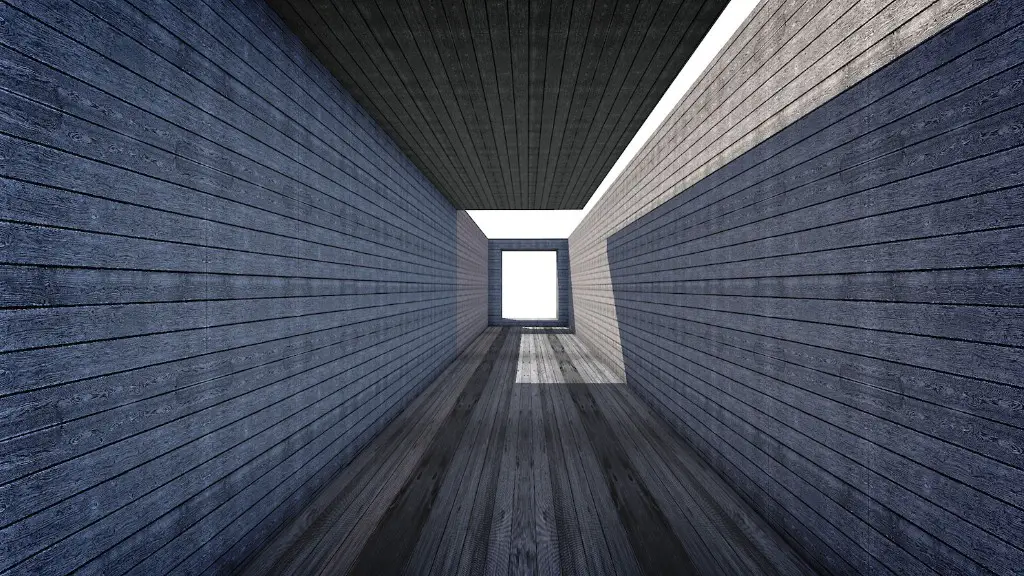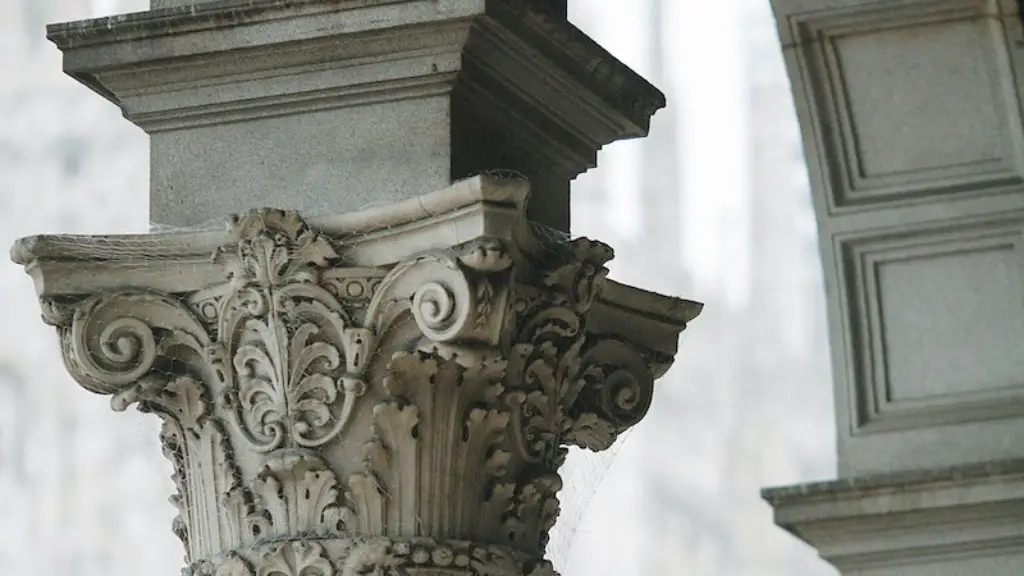Foundations
Architectural restoration is the conservation and revitalization of existing structures, including their protection against further deterioration and decay. The main goal of restoration is to protect the architectural integrity of a structure and preserve it as close to its original state as possible while allowing it to be used as normal. It involves the careful extrication and re-creation of deteriorated and dilapidated elements of architecture and even the structure itself in order to maintain its distinct identity, character, and architectural history.
Restoration is usually conducted with an eye to authenticity, with an understanding of the expected types of materials and technologies used in the original construction. For example, for a historic building, the original materials and techniques of construction used may well be replicated in order to create a convincing representation of the structure at its time of origin. Architectural restoration is often a painstaking process and can involve painstaking research and careful analysis.
Preservation
The goal of architectural preservation is to maintain the structural integrity of the building, while also preserving its historic character. Preservation requires careful consideration of the possible causes of deterioration, such as water infiltration and weathering, so that these causes can be prevented or minimized. It also involves the selection of materials and techniques that will ensure an aesthetically pleasing result and that are appropriate for the materials used in the original construction.
The preservation of historic structures often requires considerable technological expertise, as well as a willingness to take on considerable risk. The use of inappropriate materials, techniques, or products can lead to extensive, expensive, and often irreversible damage. Preservation should also include careful consideration of the effect on the environment of activities such as the use of hazardous materials, or the alteration of the building’s features, such as its orientation toward the sun.
Rebuilding
Rebuilding involves the replacement of some or all of the building’s elements. This may be done to make the building more functional or to improve its appearance. This can involve replacing all the building’s components with new ones or just replacing the parts that are too worn out or damaged to be restored. Rebuilds usually require the use of engineers and architects who are well versed in the types of materials and building techniques used for restoring a structure.
Rebuilding also requires considerable research and understanding of how the original structure was designed and constructed, so that the new design and materials can be tailored to match the original. Rebuilds also require consideration of how the new design may impact the surrounding environment, in terms of noise, light, water runoff, and air quality.
Adaptive Reuse
Adaptive reuse is the process of transforming a structure so that it can serve a new purpose without altering its character or historical integrity. This is often done by reconfiguring or remodeling an existing structure, and adapting it to accommodate modern amenities and uses. Adaptive reuse preserves the integrity of the original structure while allowing it to be used in a new and often more functional way. This process often involves retaining, or using the original materials in a new form.
Adaptive reuse often calls for the integration of new technology, such as energy efficient systems, or the addition of features such as accessible rooms, elevators, fire sprinklers, and air conditioning. It can also require extensive structural modification, such as the installation of new stairways, ramps, and other structural additions. The process of adaptive reuse requires an understanding of the existing structure and its environment, along with creative and practical solutions to accommodate the desired changes.
Rehabilitation
Rehabilitation involves the repair and restoration of an existing structure with an emphasis on the preservation of its historic integrity. This can involve replacing missing balconies, repairing walls and floors, or restoring ornamental materials. Rehabilitation also includes the reinstallation of features or accessories, such as windows, doors, and roofing, as well as integrating energy efficient systems or materials. Rehabilitation may also involve replacing existing components with materials compatible with the original construction, such as using similar woods or matching masonry.
Rehabilitation often requires an understanding of traditional construction techniques, historical design trends, and the interaction of materials and methods. It also requires an appreciation of the overall aesthetic of the structure, along with an understanding of the principles of conservation and preservation. The process of rehabilitation typically involves both a physical and a research component, involving experts from multiple disciplines.
Restoration as a Process
Restoration in architecture is a complex and highly specialized process that requires the involvement of many experts. The results of restoration can be highly rewarding, conserving our architectural history and preserving buildings for future generations. The methods and materials used for the restoration of historic structures must be carefully selected for compatibility with the structure and its environment. Attention must also be paid to the impact of restoration activities on the surrounding environment and on the character of the building itself.
Restoration is often a time consuming and labor intensive process, but the result of a successful restoration is a structure that retains its original character, while being able to serve a modern purpose. The process of restoration can provide a unique opportunity to study a structure in detail, and to recreate an artifact that is both a historical and aesthetic work of art.
Sustainability
Architectural restoration is oftentimes seen as being more sustainable than constructing new buildings, as it often requires less energy and fewer materials. Sustainable design and materials are often used during the restoration process to ensure that the occupant’s comfort and safety are not compromised while restoring the structure. A variety of energy efficient systems, such as solar panels and water-saving fixtures can be used during the restoration process.
In addition to minimizing energy consumption, restoration projects also often make use of reclaimed or recycled materials, such as salvaged wood or stone. This helps minimize waste, while also preserving the original character of the structure. The use of sustainable materials and techniques can also help reduce the building’s overall environmental footprint and make it easier to maintain long-term.
Impact
The impact of preservation and restoration projects on the surrounding community is often difficult to measure, as it depends on a variety of factors such as the type of project and the local economy. However, there is evidence that well-executed preservation and restoration projects can often have a wide-reaching positive impact. These projects can improve the local tax base, generate jobs, increase tourism, and strengthen the community’s sense of identity and pride.
Preservation and restoration in architecture provides a unique and often exciting opportunity for communities to honor and celebrate their past, while shaping their future. By preserving and restoring our architectural heritage, we are able to maintain a tangible connection between the past and the present, while helping to ensure the continued vitality of our built environment.




